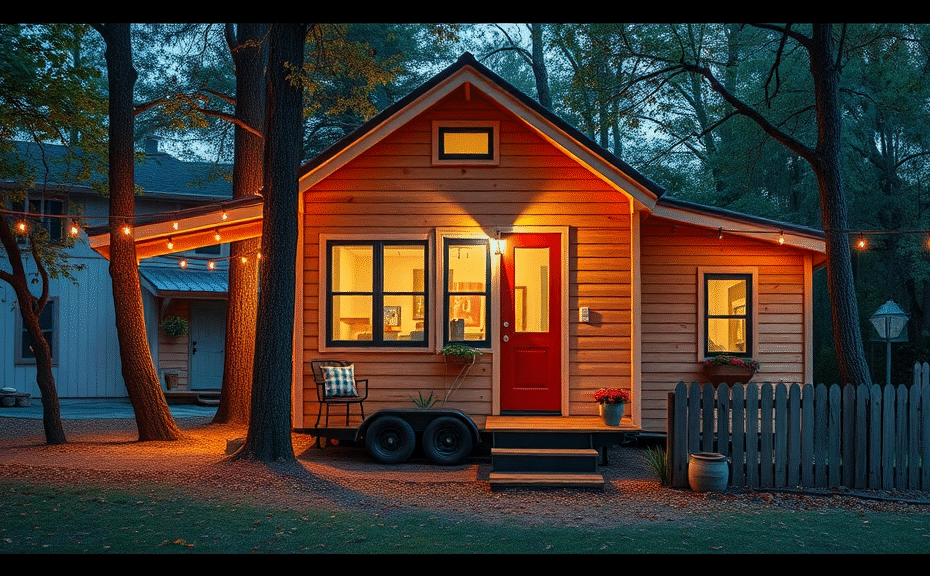Challenges Behind the Limited Popularity of Tiny Home Communities
Tiny home communities, despite their appeal as affordable and eco-friendly living solutions, have not gained widespread popularity. Several factors contribute to their limited adoption, highlighting the complex dynamics that influence housing preferences and urban development.
Regulatory and Zoning Barriers
One of the biggest obstacles is regulatory restrictions. Many municipalities enforce zoning laws that favor traditional single-family homes and impose minimum size requirements, effectively limiting the development of tiny home communities. These regulations hinder developers and prospective residents from legally establishing or moving into such communities.
Perceived Lifestyle Constraints
Although tiny homes offer a minimalist lifestyle, many individuals view downsizing as a significant sacrifice. Constraints related to space, privacy, and storage deter families and professionals accustomed to larger living areas. The lack of flexibility to accommodate guest or work-from-home spaces also reduces the appeal of tiny home communities.
Market and Investment Limitations
Financing tiny homes remains a challenge because lenders often see them as high-risk investments. Limited mortgage options make purchasing tiny homes difficult, thus reducing consumer demand. Additionally, the investment potential in tiny home communities is uncertain, discouraging developers from large-scale projects.
Community and Infrastructure Issues
Building supporting infrastructure—such as shared amenities, reliable utilities, and transportation access—can be costly and complex. Without adequate community resources, tiny home communities may struggle to attract residents who expect a certain standard of living and convenience.
Summary of Key Factors
- Strict zoning and building codes
- Perceptions of limited space and lifestyle sacrifices
- Challenges in financing and investment
- Insufficient infrastructure and community amenities
These combined factors explain why tiny home communities are not more popular, despite growing interest in alternative and sustainable housing solutions.
